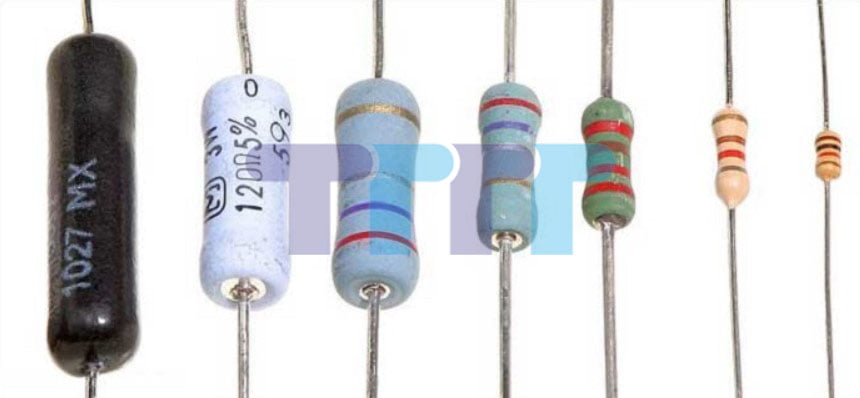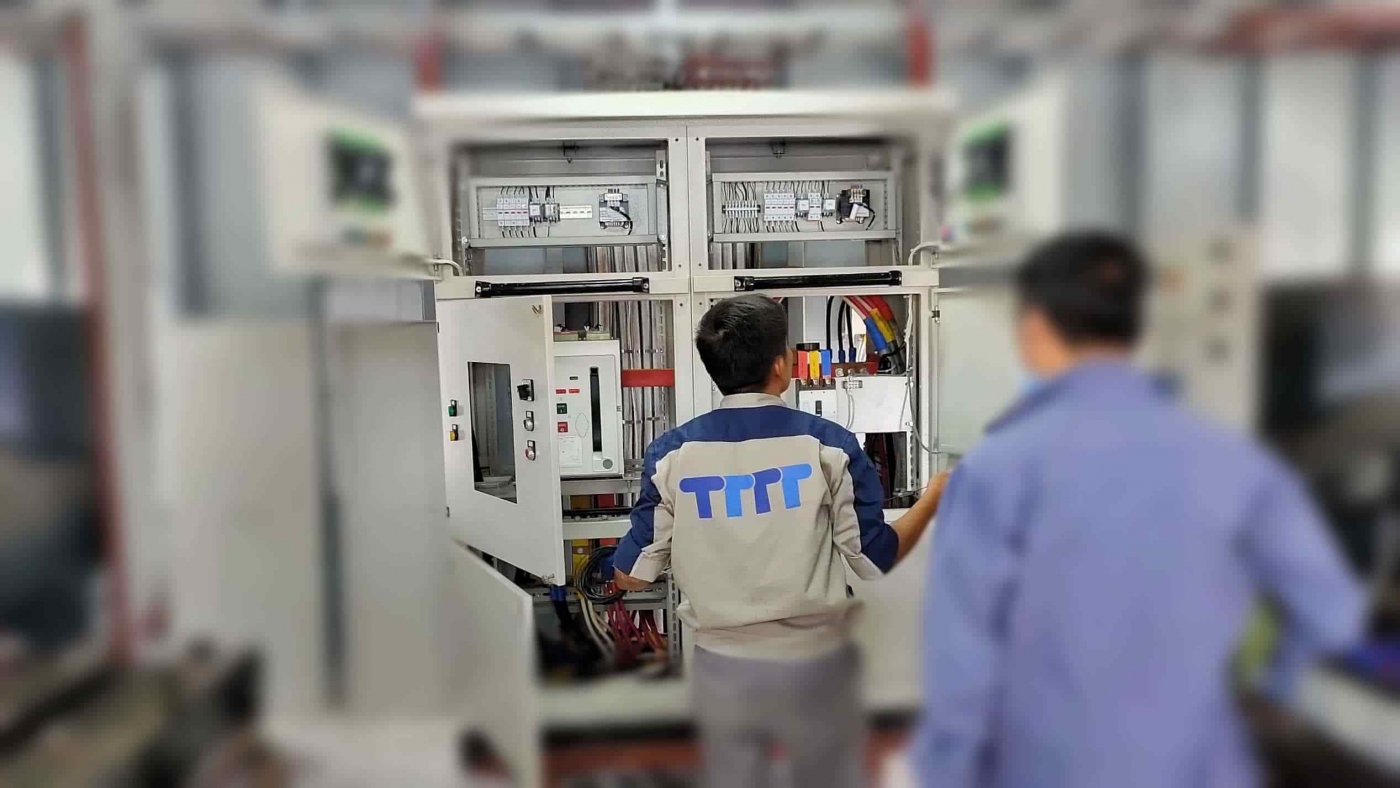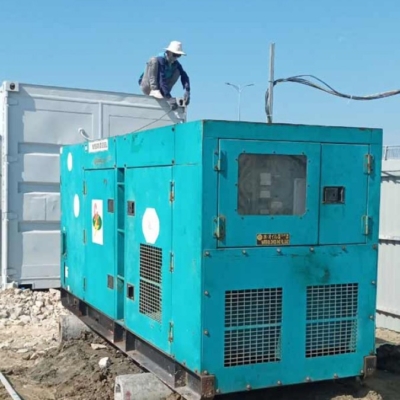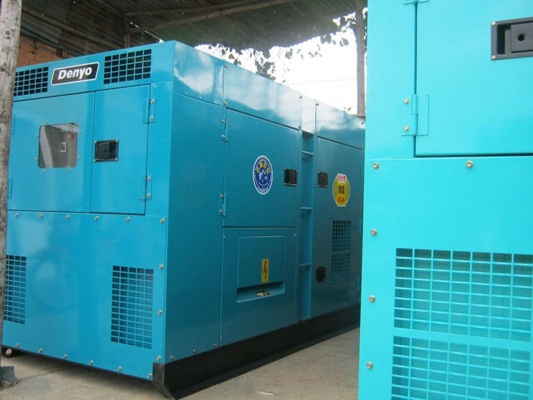Currently in electronic circuits or electrical systems that are always equipped with electronic components, resistors are now a common component in electrical circuits and systems with extremely diverse quantities with different parameters. The cause of the resistance of a metal is? The characteristics of the thermistor have and equivalent resistance. Each has different usage requirements and uses in different applications. The use of resistors is to limit the amount of current flowing through it.

Contents
- 1 What are the uses of resistors and what causes metal resistance?
- 2 How to build a resistor? And what are the characteristics of the thermistor type?
- 3 What is the equivalent resistance, parallel resistance, series resistance, and total resistance of the whole circuit?
- 4 To measure and check the value of circuit resistance people use what?
- 5 Resistance of conductors and the meaning of resistance
What are the uses of resistors and what causes metal resistance?
What is the use of a resistor?
The use of resistors is TTTT to limit the current (A) flowing in the circuit or adjust the signal level, divide the voltage and activate active electronic components and many other applications. On the other hand, the resistor also has the effect of being used to adjust and provide the voltage (V) needed for a particular device.
The use of resistors is:
- In an electrical system or in an electronic circuit equipped with a resistor, that resistor is used to regulate a certain current (A) by using different types of electrical conductors creating different resistances to regulate. current according to the requirements of the system or electronic circuit, mecc alte generator parts.
- If you connect a lot of electricity together, you can create a network of resistances for the purpose of reducing voltage every time a current is passed, dividing voltage or limiting current to ensure the safety of the electrical system. . In particular, it can limit the overload current to prevent the device from being damaged.
What causes the resistance of metals?
The cause of the metal’s resistance is that in the process of moving in an electrical circuit, the free electrons always create collisions with ions that vibrate around the equilibrium position at the lattice nodes, then transmit a Part of the energy for those ions, this energy is what causes the resistance of the metal conductor and the heat effect. Temperature directly affects the resistivity of the metal, which will increase or decrease depending on the temperature.
How to build a resistor? And what are the characteristics of the thermistor type?
How to build a resistor?
The structure of the resistor is a question of interest to many people with the basic structure of two conductors attached at opposite ends and in the middle is a poor conductive part. Resistors have many types and also have many different structures such as:
- Carbon resistors: Consists of ash (ceramic powder) and graphite.
- Film resistors: Consists of ceramic cylinders with pure metal precipitates, oxide films or substrates.
- Winding resistor: Consisting of alloy wire coiled with insulating ceramic material and forming a spiral and usually fitted with a cooling fan or placed in an aluminum heatsink.
- Band Resistor: Equal resistance consists of multiple resistors coupled together.
What are the characteristics of the thermistor type?
Thermistor is a type of resistance that when the temperature increases, the coefficient of resistance also increases, thermistor is made of metal with a positive temperature coefficient when the temperature increases, the network node atoms vibrate strongly, which will hinder the resistance. resist the movement of electrons, this increases the resistance value.
The characteristics of the thermistor have is the type of resistor used for temperature. Used for many types of electrical circuits to monitor the temperature of microwave ovens or refrigerators, etc. Besides, thermistor is also used in many types of industrial equipment such as industrial ovens, industrial boilers, etc.
Reference: Top of the largest thermal power plants in Vietnam today.
Reference: The importance of hydroelectric dam for social development.
What is the equivalent resistance, parallel resistance, series resistance, and total resistance of the whole circuit?

Resistors in parallel
The method of calculating 2 resistors in parallel, we have the following calculation:
Given resistor 1 is R1 and resistor 2 is R2 so the replacement resistor for the two above resistors is R = (R1 x R2) / (R1 + R2)
Example: R1 = 100 (Ohm) and R2 = 200 (Ohm)
So R = (100 x 200) / (100 + 200) = 200/3 (Ohm)
Resistor in series
The method of calculating 2 resistors connected in series, we have the following calculation:
Given resistor 1 is R1 and resistor 2 is R2 so the replacement resistors for the two above resistors are R = R1 + R2
Example: R1 = 100 (Ohm) and R2 = 200 (Ohm)
So R = 100 + 200 = 300 (Ohm)
What is the total resistance equivalent resistance of the whole circuit?
What is the total resistance of the whole circuit that is of interest to many people. In an electrical circuit there are not always only 2 resistors and it is not always only parallel or series, we can divide and consider the small resistance segment to calculate the equivalent resistance of each. to give the equivalent resistance value (total resistance) of a circuit:
For many resistors connected in series on one segment: R = R1 + R2 + R3 + … + Rn.
For multiple resistors in parallel: 1/R= 1/R1 + 1/R2 +1/R3 + … + 1/Rn.
To measure and check the value of circuit resistance people use what?
Measuring circuit resistance people use Ohm meters, Ohm meters (Ohmmeter) have the function of measuring the resistance value of a certain resistor. The principle of calculation is that the resistance is calculated as the current voltage divided by the current flowing through the resistor. This type has a wide range of currents and can measure resistance values from large to small.
To check the value of the resistor we use an information meter instead of an ohmmeter, this type of smart meter can be used to measure resistance, amperage, DC voltage and AC. Currently this type of meter is the most popular device today, but it can only measure low resistance, not high value resistors.
Resistance of conductors and the meaning of resistance
The characteristics of the thermistor have is the resistance calculated by the resistivity of that type of wire multiplied by the length of the line and divided by the cross-section of that piece of wire. So inferring the good electrical conductors, the higher the resistivity, and the longer the wire is used, the higher the resistance will be, but when the cross section of the conductor is reduced, the resistance will decrease a lot.
The meaning of resistance is a quantity used to indicate the resistance to the flow of current in the conductor, this value can calculate the current flowing through the wire, the higher the resistance, the smaller the current and the smaller the current. The smaller the resistance, the higher the current.
See more: Mecc alte ECO38 spare parts
See more: Mecc alte ECP34 spare parts
Company name:
TTTT GLOBAL co Ltd,.
Address: Landmark 4 Building, Vinhomes Central Park, 720A Dien Bien Phu Str, Ward 22, Binh Thanh District, Ho Chi Minh City, Vietnam.
Website: https://ttttglobal.com/en/
Hotline: +84286 2728 334
Email: Info@ttttglobal.com
CATEGORY: TECHNICAL QUESTIONS AND ANSWERS
RELATED POSTS











